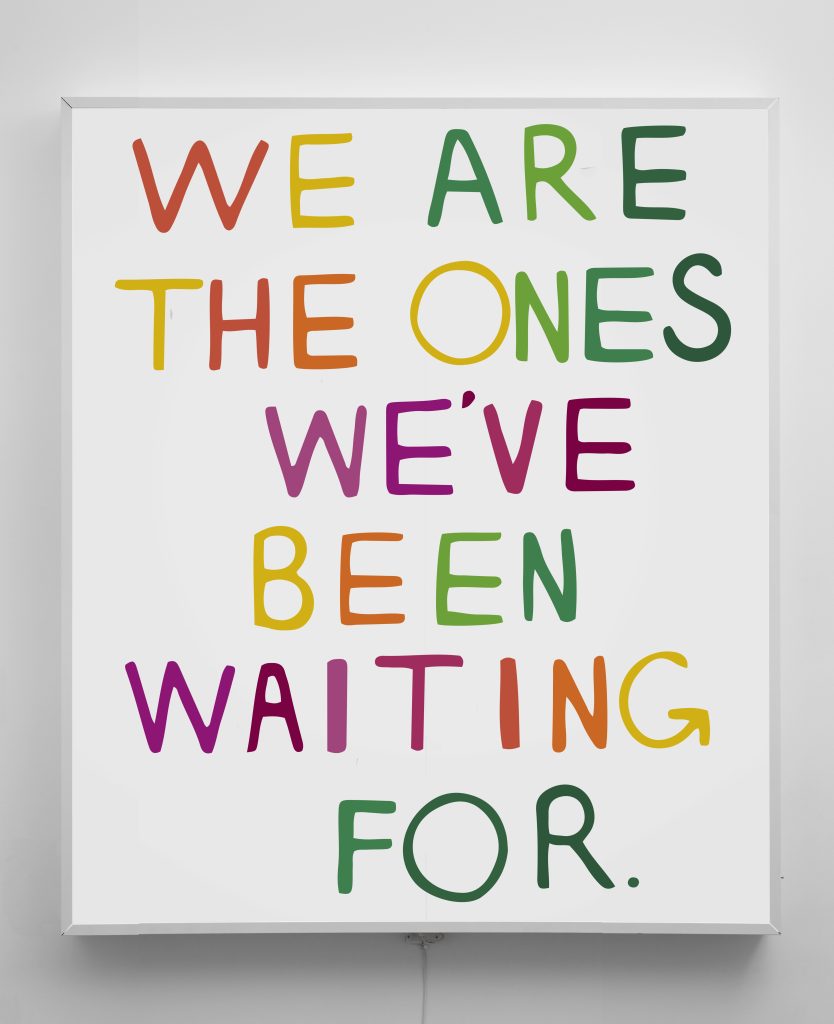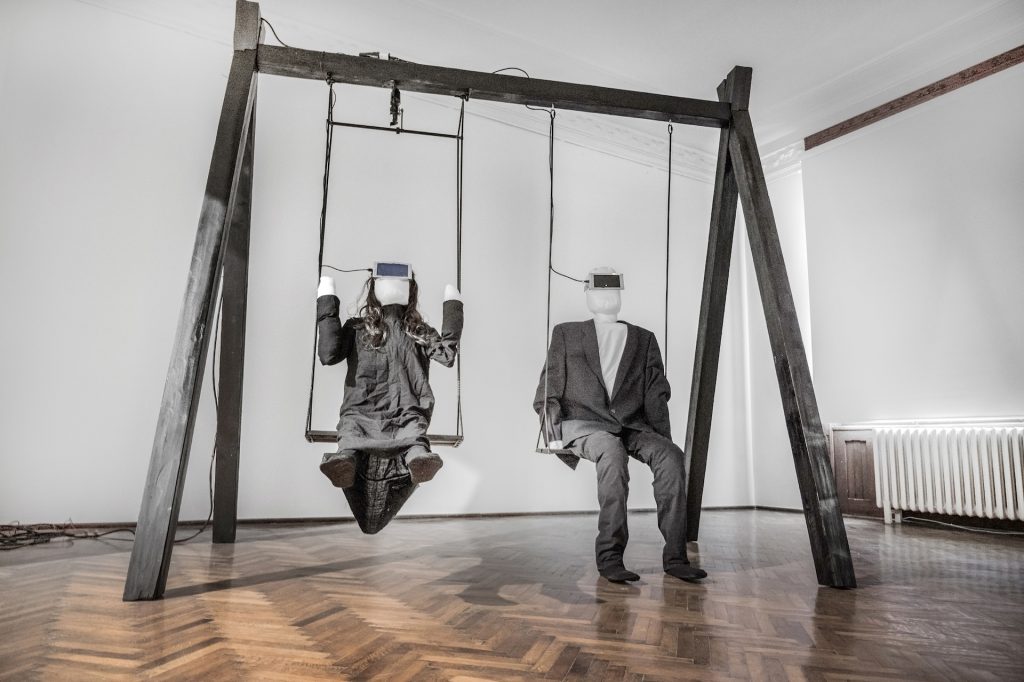The beginning of the second millennium was marked by great changes in the world resulting from the unbridled greed of capitalism, which culminated in the first decades of the 21st century. Globally imposed big capital has disrupted and altered dialectical flows, turning the world into a resource. The use of man, nature, and its potential is maximized by ruthless technologization, most often in the service of exploitation. Science is subjugated, and its purpose to help people is quickly transformed into a means of persuasion and latent coercion to actions of maximum utilisation of human working potentials. This was especially noticeable during the recent pandemic, when science, in a time of unprecedented progress, was powerless to prevent the spread of the virus and its consequences.

The homocentric focus is blurred in politics, society, economy, science, ecology and morality. The Forbes Institute announced that 300 people hold more capital than the rest of the world, epitomising the state of human society. As much as this may be a layperson’s conclusion, it is undeniable that today’s capitalism, in its present manifestation, is the fundamental cause of the global crisis and current tensions. In the constant effort to increase their capital, the economic forces bring society to a place of (self)destruction. In his disregard for nature and its demands, man has imposed upon himself the burden of ecological upheaval, which has placed him in a position of vulnerability; just as he broke fundamental moral doctrines by brutally exploiting “human resources”.
The paradox of today’s world is that society has fallen into a deep crisis at the time of the highest achievements of the human mind. Thanks to corrupt politics and big capital, instead of development and construction, the interests of the ubiquitous “philosophy of profit” were applied to the world’s resources. This is how an enduring global crisis is generated, destroying fundamental human values, dignity and identity. Whatever the case, self-destruction is on the scene, and man is the sole cause of all the world’s crises.
In such a constellation, the individual becomes more and more powerless every day in managing his own destiny. Unregulated capitalism strives to separate humans from themselves and turn them into a resource for profit. Overwhelmed with work, they are alienated from their uniqueness – their personality is extinguished and destroyed.

People of today live a selective life, a life determined by the imperatives of the market and politics. In such a world, philosophy and art experience become redundant. Life has broken away from them, or they have fallen behind life, so they seem almost unnecessary… With this in mind, the Macedonian director Slobodan Unkovski asks, “Not only what does art serve today – but for whom”? Nonetheless, in the crisis of the modern world, art has a vital role: in the general dystopia, it, in a certain sense, holds to certain tenets of Hegel’s “Phenomenology of the Spirit”, that sanctified thought allows a person to understand the essence of things, i.e., to recognize the true character of the world and time in which we live. Currently, in a world of drastically disrupted morality, the artist’s intentions are directed towards restoring the importance of aesthetic design in which the goal is by no means the classic ideal of beauty but an alternative ideal of vitality. Art is always there “not to stand out, but to be a model for other knowledge and practices” (Filiberto Menna). With its aesthetic system, its plastic thinking, its appropriation of new media possibilities as means of expression, its expressive or rationalistic reactions, its ethics, its humanistic potentials, art extends a genuine compassion for existing human suffering and the destiny that must be recognized and overcome.

This is why exhibitors at “On (self)Destruction and Against It” are expected to have a homocentric view when looking at the current world. The politics of today deserve a critical attitude – not to criticise the guilty, but to raise awareness and hearten the vulnerable. The topic is globally present and significant, which is why it is necessary to study the works of artists from countries from all continents. The conceptual narrative is dedicated to the most topical issues, and an effort will be made to present works at the exhibition, which, in addition to painting and sculpture, are close to contemporary media expressions (photography, video, computer art and other innovative technologies). The central exhibition “On (self)Destruction and Against It” was conceived as a presentation of the works of fifteen artists from around the world (America, China, Kenya, Brazil, European countries, Serbia). In this way, the exhibition will fulfil its aesthetic, ethical, cultural, sociological and humanistic mission.
Sava Stepanov
